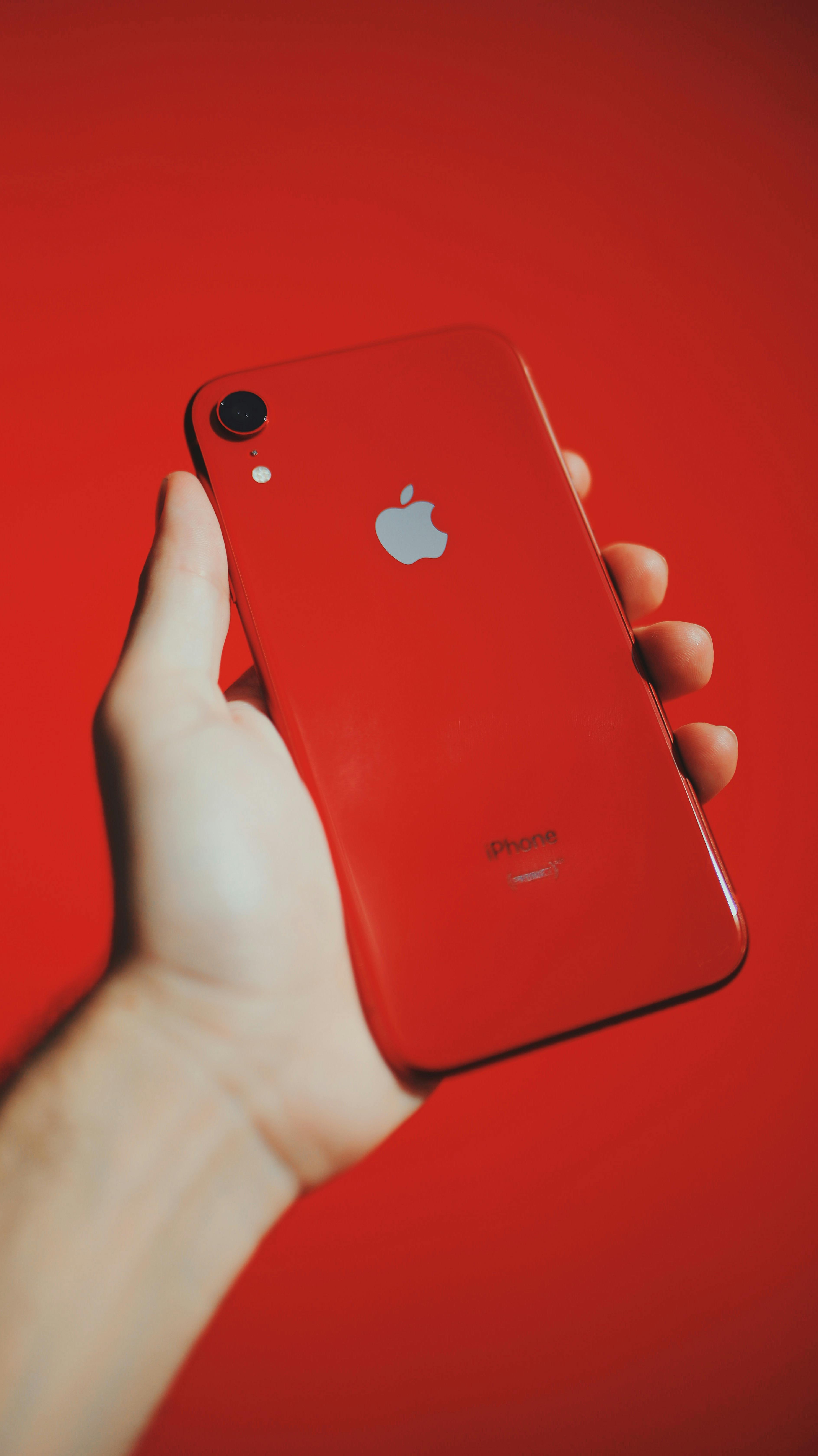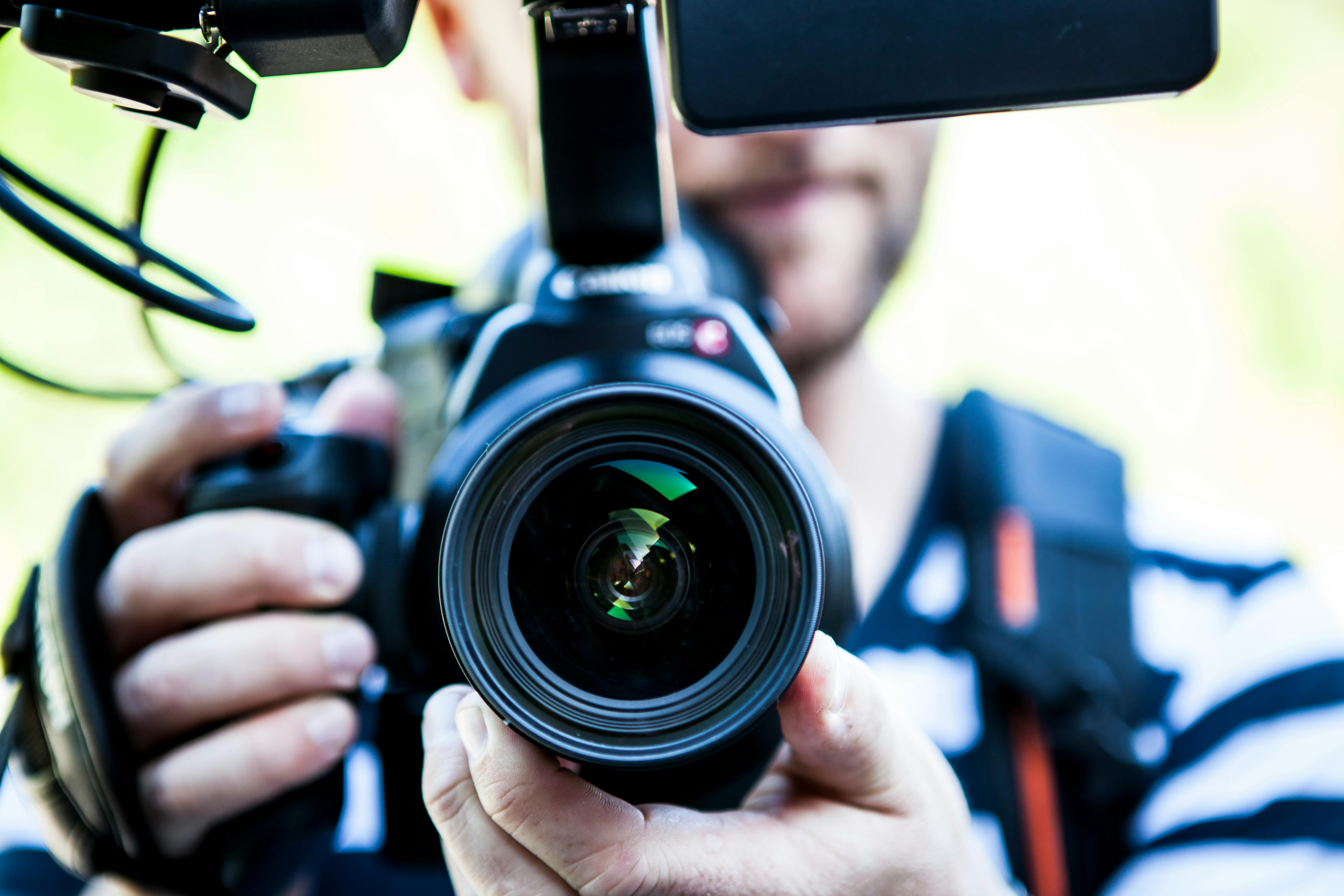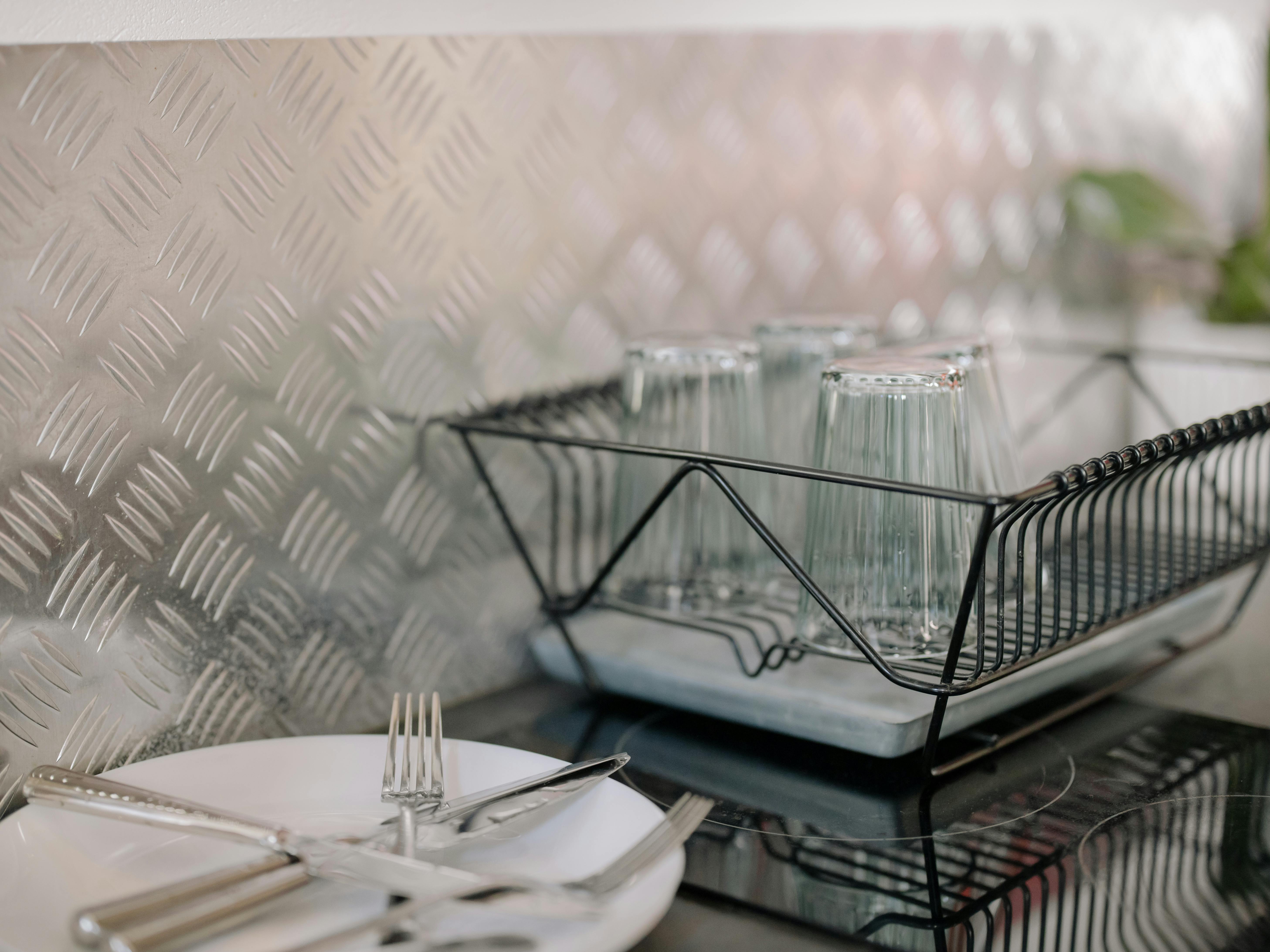Apply Now
Effective Ways to Light a Charcoal Grill For Perfect Results
When it comes to outdoor cooking, knowing how to light your charcoal grill efficiently can yield delicious results and enhance your grilling experience. Charcoal grilling not only imparts a unique flavor profile to your food but also brings a sense of nostalgia and community to any gathering. Proper lighting techniques are essential for achieving the ideal temperature, ensuring even cooking, and avoiding potential hazards associated with grilling. This article provides a comprehensive guide on various methods to light a charcoal grill effectively, covering everything from safe charcoal lighting to advanced grilling techniques. Whether you are a novice or an experienced griller, these tips will bolster your outdoor cooking skills and elevate your meals.
As you continue reading, you will discover the benefits of charcoal grilling, how to set up your grill, and expert advice on managing your cooking temperatures for optimal grilling. Let's delve into the essential techniques that can make your charcoal grilling experience a delightful one.
Understanding Charcoal Types for Best Grilling
Building a solid foundation for your charcoal grilling starts with choosing the right type of charcoal. Understanding the various charcoal options available can significantly impact your grilling success.
Different Charcoal Types Explained
There are two primary types of charcoal used for grilling: charcoal briquettes and lump charcoal. Charcoal briquettes are uniform in size and shape, designed to give consistent burns and predictable cooking temperatures. They often contain additives that help them ignite and burn efficiently, making them a popular choice among beginners.
On the other hand, lump charcoal consists of natural hardwood and burns hotter and faster than briquettes. This option highlights the smoky flavor in your food and is an excellent choice for those looking to elevate their grilling flavor dynamics. Knowing which type suits your cooking style can enhance the overall outcome of your grilling experience.
Choosing the Right Charcoal for Your Grill
Selecting high-quality charcoal can greatly enhance the flavor of your grilled foods and improve cooking consistency. Consider using natural lump charcoal, which is free from chemicals, for an eco-friendly grilling experience. This type also burns cleaner and produces less ash compared to traditional briquettes.
Additionally, if you're looking for convenience, try using matchlight charcoal. This pre-soaked option ignites easily, allowing you to start your grilling quickly without the need for lighter fluid. Understanding the properties of charcoal can help streamline your grilling process and guarantee excellent results.
Choosing Charcoal for Different Grilling Techniques
Your choice of charcoal should align with your intended grilling techniques. For high-heat grilling methods, lump charcoal is preferable for its intense heat and shorter cooking time. Conversely, if you are planning on using indirect heat, briquettes can provide a steady burn, allowing for longer cooking periods necessary for roasting meats or vegetables.
Additionally, layer your charcoal properly, whether you are using briquettes or lump. Using a layered charcoal method involves stacking your charcoal for even heat distribution, ensuring that every section of your grill is adequately heated for cooking.
Preparing Your Charcoal Grill for Lighting
Once you've chosen the right type of charcoal, the next crucial step is preparing your grill for lighting. Proper setup is essential to ensure a safe and efficient grilling process.
Essential Grill Setup Steps
1. **Clean Your Grill**: Start by thoroughly cleaning the grates and removing any residual ash or debris from previous grilling sessions. This ensures a clean cooking surface and prevents unwanted flavors in your food.
2. **Check Your Ventilation**: Ensure that the grill vents are open. Proper airflow is vital for igniting the charcoal and maintaining consistent temperatures during the grilling process.
3. **Arrange the Charcoal**: For grilling, consider using a charcoal chimney starter which allows you to ignite charcoal quickly without lighter fluid. This method provides a cleaner flame and more controlled heat.
Setting Up for Indirect vs. Direct Heat Grilling
When lighting your charcoal grill, identify whether you will be using direct or indirect heat. For direct heat grilling, pile the charcoal evenly across the bottom of the grill. On the contrary, for indirect heat, position the charcoal on one side, creating a cooler side perfect for slow cooking.
Both methods work brilliantly with different recipes, providing versatile grilling options. Understanding how to create these setups effectively can greatly enhance your grilling efficiency.
Safety Tips for Lighting Your Charcoal Grill
Safety is paramount when handling fire. Always keep a fire extinguisher or a bucket of water nearby when grilling. Do not use gasoline or other flammable liquids to ignite your charcoal. Instead, rely on safe methods such as fire starters or a charcoal chimney.
Monitor the grill continuously while it’s lit, especially if you have children or pets around. By following these safety protocols, you can ensure a fun and worry-free grilling experience.
Effective Charcoal Lighting Techniques
Mastering the light-up process significantly influences both the efficiency of your cook and the quality of your meals. Here are several effective charcoal lighting techniques.
Using a Charcoal Chimney Starter
A charcoal chimney starter is an indispensable tool for outdoor grilling enthusiasts. To use one, fill the top section with your charcoal, then place crumpled newspaper or a fire starter in the bottom section. Light it, and within 15-20 minutes, the charcoal will be ready for grilling. This method is efficient and eliminates the need for lighter fluid, resulting in better-tasting food.
Lighting with Lighter Fluid & Alternatives
If you opt to use lighter fluid, ensure that you apply it wisely and sparingly to avoid chemical taste in your grilled foods. Allow the fluid to soak in for a few minutes before igniting. Alternatively, you can use natural charcoal fire starters or even lighter cubes for a quicker ignition.
Avoid igniting the charcoal too early; instead, let it heat until a layer of ash forms on the surface, indicating that it's getting ready for cooking. This ensures that your charcoal reaches the ideal cooking temperature.
Quick Charcoal Light Techniques
For those looking for quick lighting techniques, consider using electric starters, which heat the charcoal to ignite quickly, achieving great results without needing lighter fluid. It's a hassle-free method that’s catching on with many grilling enthusiasts.
Using a natural fire starter or quick-lighting charcoal can also make the process faster. These products are designed to catch fire easily and sustain it long enough for your charcoal to ignite fully.
Advanced Techniques for Heat Management
Once your charcoal is lit, effectively managing the heat becomes paramount for optimal grilling results.
Controlling Grill Temperatures
Adjust the airflow in your grill using the vents to help control the heat level. Opening the vents allows more oxygen in, increasing the temperature, while closing them slightly will reduce heat.
Additionally, circuit your grilling space by employing direct and indirect grilling zones. This allows you to quickly move food from high to low heat if needed, ensuring that you don’t overcook or burn your meals.
Understanding Charcoal Fire Management
Fire management is vital for maintaining consistent temperatures. If your grill runs hot, it can lead to overcooked and charred food. Conversely, using too little charcoal results in an inability to achieve grilling temperatures.
Monitor the grill's internal temperature by utilizing a grill thermometer, adjusting airflow and charcoal quantity as necessary to maintain the desired cooking temperatures throughout your grilling session.
Grilling for Flavor Enhancement
Emphasize flavor infusion during the grilling process by incorporating hardwood chunks or pre-soaked wood chips to the charcoal. This technique enhances the flavor of meats and vegetables while they cook, producing a mouth-watering smoky taste that will delight your guests.
Always remember to soak your wood chips in water for at least 30 minutes before adding them to the fire to prevent them from burning up too quickly.

Common Mistakes and Grilling Best Practices
Even seasoned grilling enthusiasts can make mistakes. Awareness of common pitfalls can lead to enhanced enjoyment during performance.
Grilling Preparation Steps to Avoid
One common mistake is not preheating the grill adequately. Always give your charcoal some time to become fully ignited and ashy before placing food on the grill. This reduces the risk of food sticking and ensures even cooking.
Overcrowding the grill with too much food at once can also hinder the cooking process. Prioritize spacing and ensure good air circulation for uniform cooking results.
Grill Maintenance Tips After Cooking
Properly cleaning your grill after each use is essential for maintenance. Remove the ashes and residue accumulated during grilling, as this can lead to rust and improper functioning.
Use a wire brush to clean the grates while they are still warm, removing any food debris efficiently. By maintaining a clean grill, not only does it enhance flavor, but it also prolongs the life of your equipment.
Barbecue Charcoal Tips for Parties
When grilling for parties, plan ahead. Prepare all ingredients, marinades, and sides before lighting your grill. Have a strategy for how to manage your cooking times and temperatures, ensuring that different foods are ready to serve together.
Utilize skewers for quicker cooking times and easy handling, allowing for fun and interactive meals that can be enjoyed outdoors with family and friends.
Conclusion: Mastering Charcoal Grilling
Mastering how to light your charcoal grill is essential for producing delicious and flavorful outdoor meals that everyone can enjoy. From selecting the right charcoal and mastering various lighting techniques to effective heat management and avoiding common mistakes, you’re now well-equipped to tackle any grilling challenge.
Investing time in understanding the intricacies of charcoal grilling will not only improve your cooking but also enrich your outdoor experiences and gatherings. With the right knowledge and setup, you can savor the benefits of charcoal grilling while creating lasting memories.



